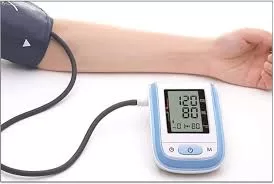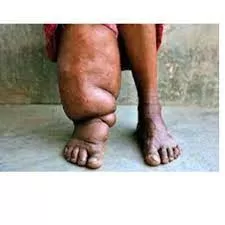A groundbreaking study led by Brazilian researchers has revealed that high blood pressure (hypertension) not only hardens the arteries but also stiffens the bronchi, impairing lung function. The findings, published in Advances in Respiratory Medicine, are the first to show this effect, highlighting a previously unknown link between hypertension and reduced respiratory capacity.
The study involved 731 men and women over the age of 60, both with and without high blood pressure. It aimed to explore how hypertension affects lung mechanics, particularly the hardening of the bronchi, which increases airway resistance and limits the ability to breathe effectively.
“Our analysis showed that subjects who practiced regular physical activities appeared to be partially protected against hardening of the bronchi,” said Rodolfo de Paula Vieira, the study’s lead author and head of the Pulmonary Immunology and Exercise Laboratory at the Federal University of São Paulo (UNIFESP).
Testing Lung Function
Researchers employed a variety of methods to assess the participants’ lung function. Spirometry tests were conducted to evaluate overall respiratory capacity, while impulse oscillometry—using sound waves to measure resistance to airflow—helped assess lung mechanics. Additionally, muscle strength, both general and respiratory, was measured using a hand grip dynamometer and a manovacuometer, respectively. Participants also completed questionnaires regarding their physical activity levels and quality of life.
The study found that high blood pressure accelerates the hardening of the bronchi, especially in older patients. This phenomenon, which is typically a part of the natural aging process, was found to progress faster in individuals with hypertension.
“This is important because the more rigid the bronchi become, the more difficult it is for air to move in and out of the lungs. Over time, this makes breathing increasingly difficult for older individuals,” Vieira explained. “Worse still, it becomes a cycle: lower oxygen levels accelerate aging throughout the body.”
Broader Health Implications
The consequences of this bronchial hardening extend beyond respiratory issues. The study suggests that accelerated aging due to poor lung function could increase the risk of developing chronic conditions such as cancer, diabetes, heart attacks, and thrombosis. This underlines the need for comprehensive care of the lungs as part of hypertension management, according to Vieira.
“Hypertension has long been known to impair lung function, but until now the mechanisms were not clearly understood,” he said. “Our findings emphasize that patients diagnosed with high blood pressure should undergo lung function tests, particularly older patients, and they should be encouraged to maintain an active lifestyle to preserve lung health.”
Physical Activity: A Key to Protection
In a related, yet-to-be-published study, Vieira’s team investigated the role of physical exercise in protecting against the hardening of arteries and bronchi in a different group of 150 elderly volunteers. These individuals participated in a three-month exercise regimen, with sessions held three times a week. The results were striking—physical activity nearly eliminated cardiovascular and respiratory alterations caused by hypertension.
“Exercise is essential for healthy aging,” Vieira said. “This research demonstrates once again that a sedentary lifestyle is incompatible with healthy aging, particularly for those with high blood pressure.”
Implications for Hypertension Treatment
As hypertension affects nearly 1 billion people worldwide, these findings carry significant implications for how the condition is managed. The study encourages healthcare professionals to not only focus on cardiovascular health in hypertensive patients but also assess their respiratory function. Given the study’s evidence that physical activity can mitigate the hardening of the bronchi, exercise should become a key component of hypertension treatment.
“There’s no such thing as healthy aging with sedentarism,” Vieira concluded. “Incorporating exercise into daily life is crucial to maintaining both heart and lung health.”












